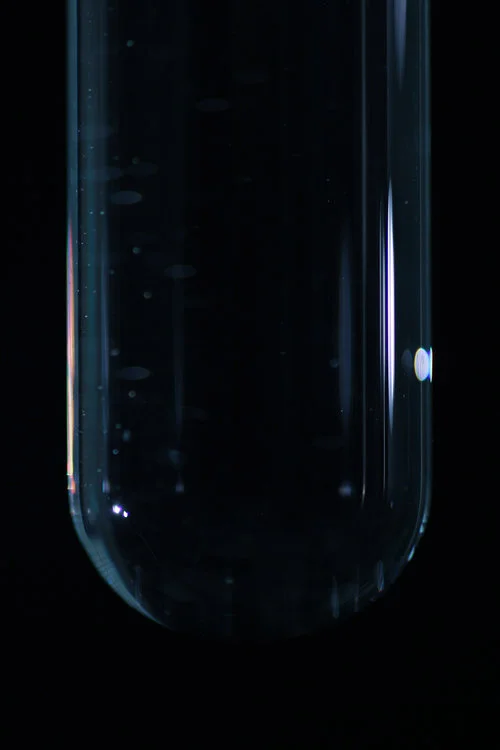What we did
On this team we analyzed the material composition and properties of tampon using several testing methods, including Electron Microscope Scans, Fourier-Transform Infrared Spectroscopy, Thermogravimetric Analysis, and our own specific procedure. We developed testing protocols, prepared and analyzed samples, extensively reviewed relevant research, interpreted our data, compared the existing research to our results, and studied the larger social context of our analysis. We presented our final results and interpretations as a poster.
Project Story
Tampons are mysterious. Our team decided that if 41.25 million Americans put tampons in their vaginas in 2017 then we should know more about what’s in a tampon. Tampons are classified as Class II medical devices by the FDA for many self evident reasons. However, this classification does mean that tampon manufacturers are not required to list the contents of their products. Since the advent of commercially produced tampons in the 1930’s consumers have had concerns about the safety of tampon use, including the risks of exposure to dioxins and synthetic scents. In the late 70’s incidents of TSS were linked to the use of super absorbent tampons. But despite the widespread use of tampons and the viable health concerns there is little available research that studies the health risks of using tampons from either a chemical or a materials perspective. We set out to identify the materials in each of the three tampon brands, and along the way uncovered some interesting differences. You can look at our final poster here.




